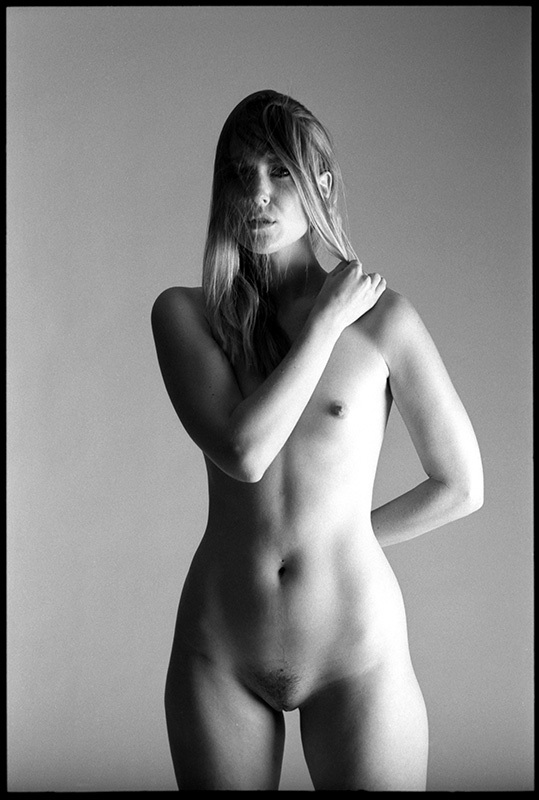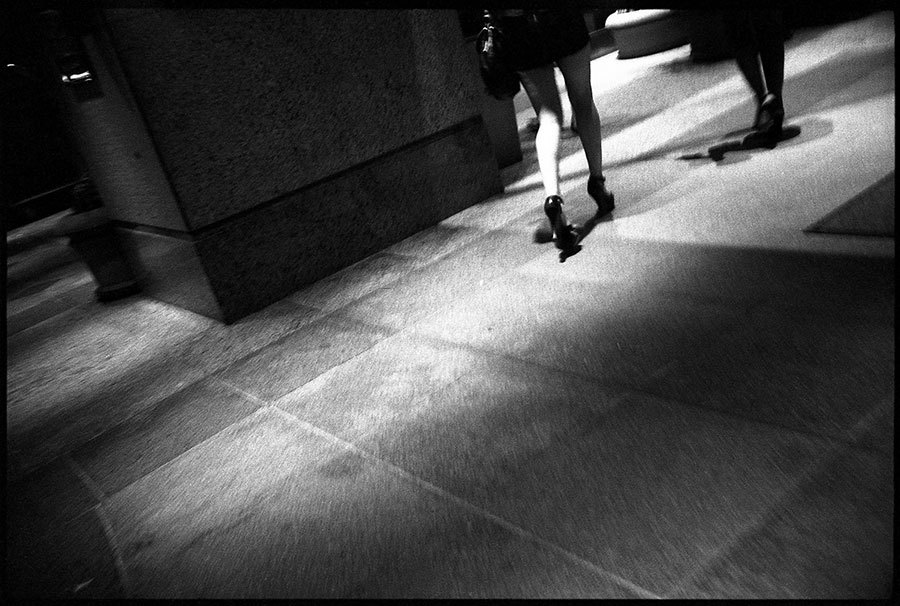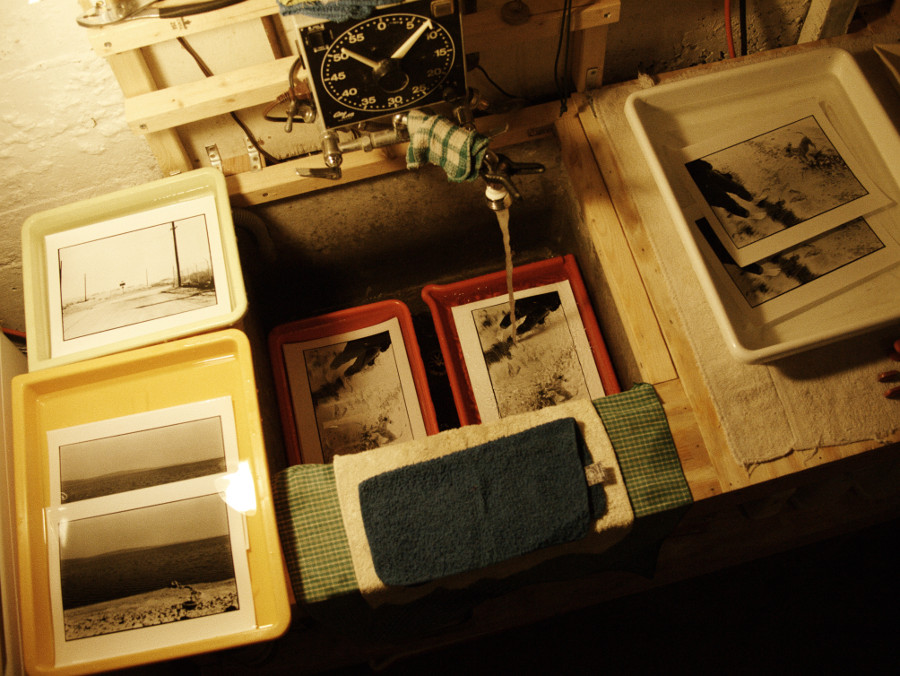 I've recently started tinkering around with a page on Patreon, which is a site for creative folks to basically crowd source funding on a monthly or per project basis. An interesting idea to say the least, so in an effort to subsidize some of my own work I'm going to be releasing prints and some exclusive content there in the coming months. So in the interest of transparency I thought it would be useful to lay out my print process, such as it is...
Cameras, Film and Processing
I've recently started tinkering around with a page on Patreon, which is a site for creative folks to basically crowd source funding on a monthly or per project basis. An interesting idea to say the least, so in an effort to subsidize some of my own work I'm going to be releasing prints and some exclusive content there in the coming months. So in the interest of transparency I thought it would be useful to lay out my print process, such as it is...
Cameras, Film and Processing
Some years ago I started shooting Leica rangefinders. I’m not a Leica freak, I don’t collect cameras. I am notoriously hard on my gear, and I shoot Leicas because, quite frankly, Germans make really good cameras. The glass is razor sharp and the bodies last forever. All the equipment I own is twice as old as I am. For a larger rant on this please see Notes on gear, film, process and the like…
I shoot predominantly with Ilford HP-5 Plus rated at ISO 320 to give the negs a little more punch. It has great detail even when printing 20 x 24 inches and larger, as well as a great deal of exposure latitude, which is good since I’m lazy with the light meter and tend to guess. I normally develop with Rodinal, which cranks up the grain but leaves the negs pretty sharp.
Again, see this post for more on the this...
Enlarger / The Beast
I’m currently using an old Omega D2 variable condenser enlarger with a Rodenstock 50mm lens, and this thing is built like a tank... I've removed the glass condensers and hot lamp in the head and replaced them with an Aristo Cold Light head that sits directly above the negative stage. The cold light head produces a very sharp, high contrast print with little or no filtration, and without the condensers, dust on the negative is less likely to print. Cold heads use a fluorescent tube in a grid pattern, giving perfectly even illumination across the film, eliminating soft corners that often occur with condensers. The light is much more intense than a hot bulb, exposure time is cut nearly in half. I’ve also filed out all my negative carriers to print full frame.
Paper and Development
My paper of choice is Oriental-Seagull variable contrast fiber base. Oriental is a high contrast, cold tone paper, with rich blacks and a clean white base. It filters well with the cold head and is pretty similar to the Seagull G paper that Ansel Adams used. It's a really lovely paper and makes an amazingly rich print, especially when toned.
My typical recipe for developer these days is Legacy Pro B&W Powder, which is basically identical to Kodak Dektol (the greatest developer ever made) at half the price and with a longer shelf life. I add a couple milliliters of restrainer, which is a developer additive that cools the image tone down a bit more and cleans up the highlights.
From there the prints get a good wash before a second fixer bath, then are toned in Selenium toner to pump up the blacks. The selenium toner also improves longevity, making the shelf life of the print pretty close to the half life of uranium...
From there everything gets washed, flattened, spotted for dust, signed, dated, and sold for exceedingly large sums of money... or more likely, stuck in a box to appreciate in value until I'm dead.
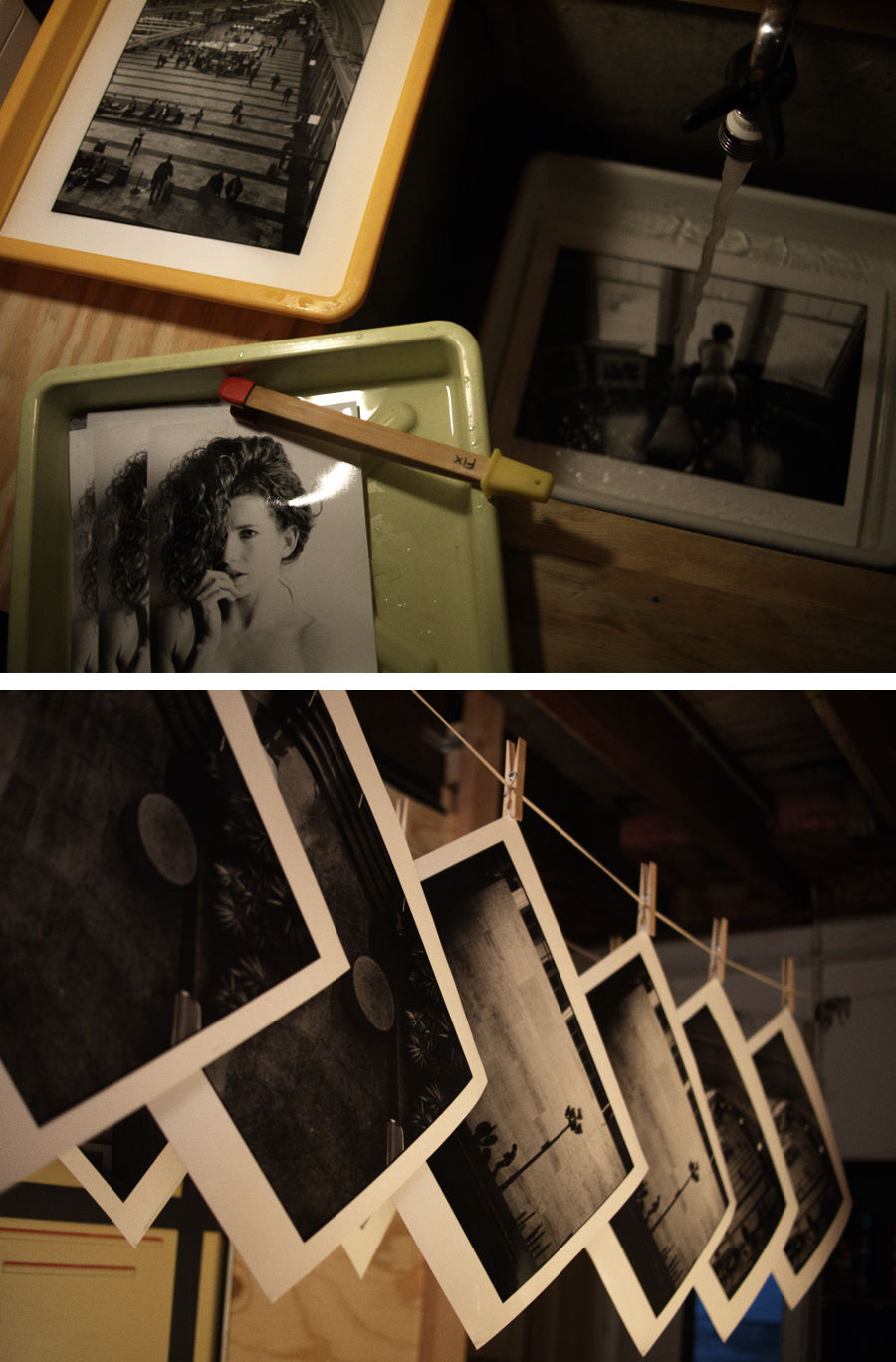 Working on some new prints for an old friend. Lots more prints available in my online shop, and of course, discount codes when you support my work on Patreon.com/jszymanski
Working on some new prints for an old friend. Lots more prints available in my online shop, and of course, discount codes when you support my work on Patreon.com/jszymanski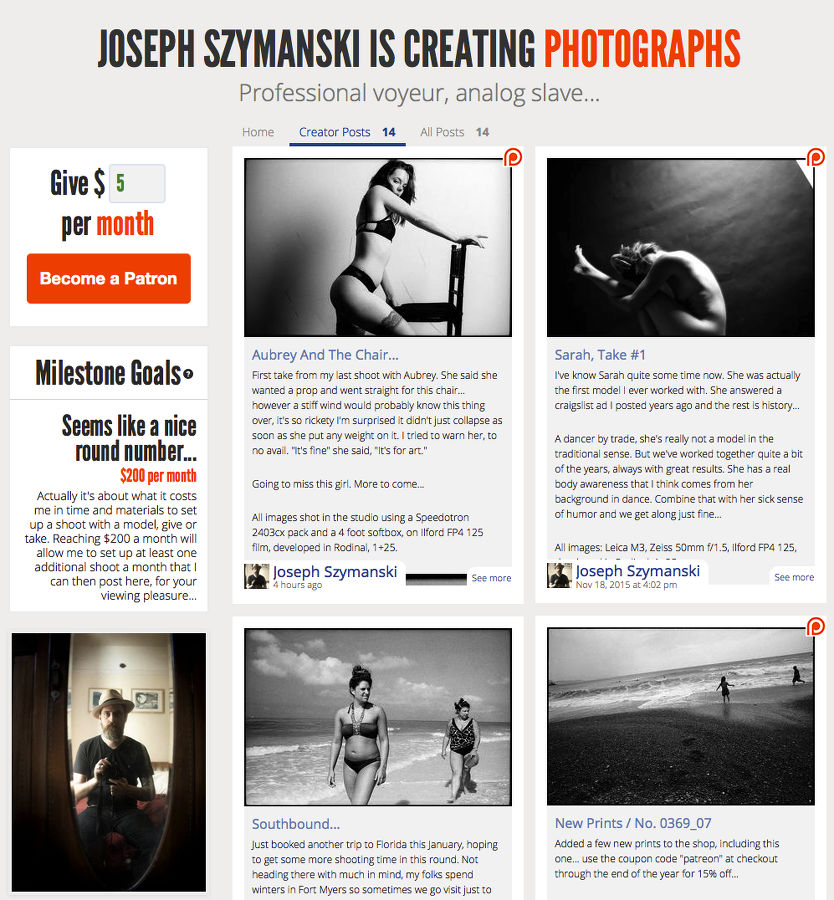
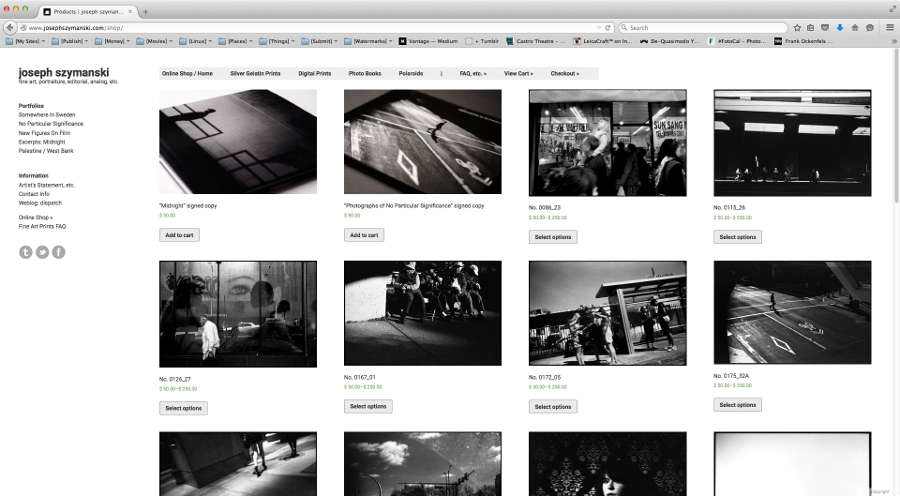
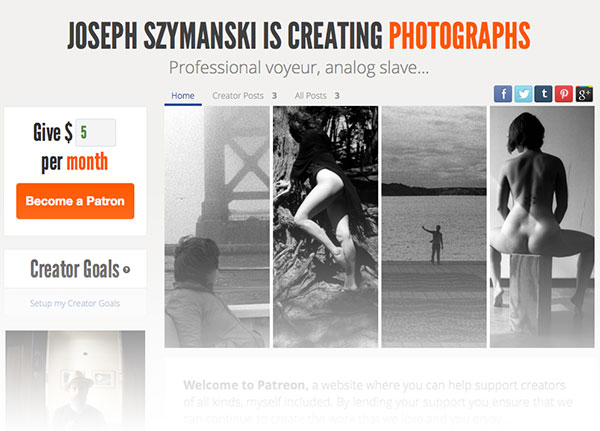

 I've recently started tinkering around with a page on
I've recently started tinkering around with a page on 
